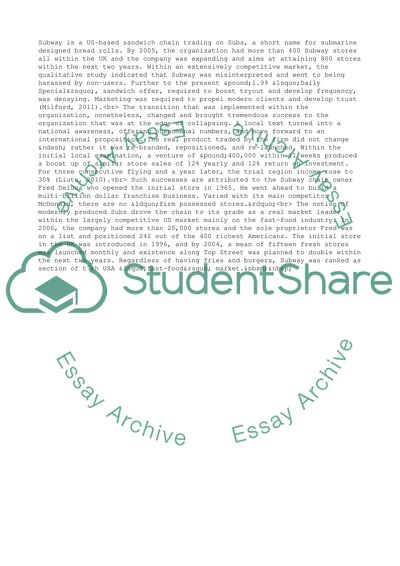Cite this document
(Exploring Services Management - Subway Restaurants and Its Customer Assignment, n.d.)
Exploring Services Management - Subway Restaurants and Its Customer Assignment. Retrieved from https://studentshare.org/business/1610241-exploring-services-management
Exploring Services Management - Subway Restaurants and Its Customer Assignment. Retrieved from https://studentshare.org/business/1610241-exploring-services-management
(Exploring Services Management - Subway Restaurants and Its Customer Assignment)
Exploring Services Management - Subway Restaurants and Its Customer Assignment. https://studentshare.org/business/1610241-exploring-services-management.
Exploring Services Management - Subway Restaurants and Its Customer Assignment. https://studentshare.org/business/1610241-exploring-services-management.
“Exploring Services Management - Subway Restaurants and Its Customer Assignment”, n.d. https://studentshare.org/business/1610241-exploring-services-management.


